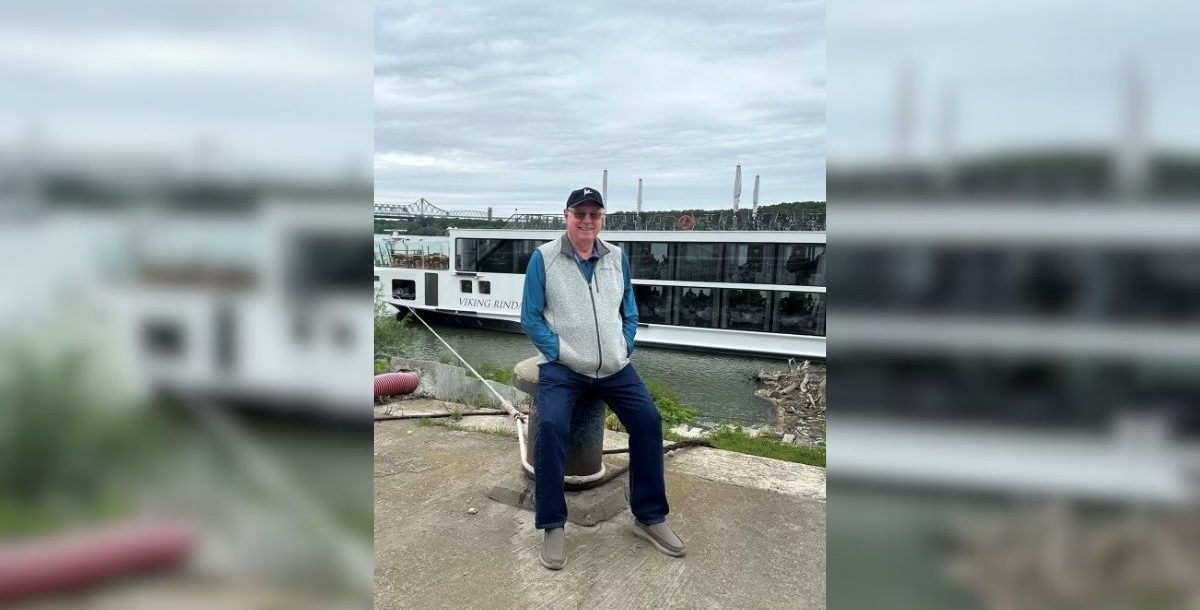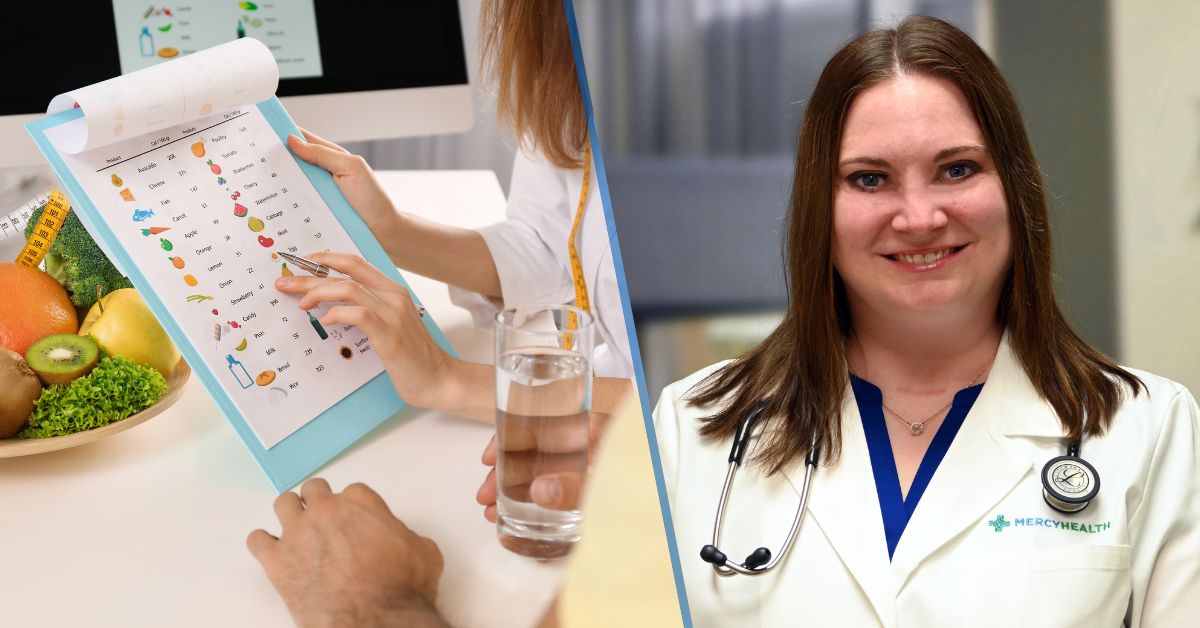Bob Hawker’s battle with severe sciatic pain began in January. The pain was so intense that he couldn’t stand for more than 10 minutes without feeling excruciating discomfort.
“I could barely walk a quarter of a block before the pain would start rolling around my side,” Bob recalls.
Desperate for relief, Bob turned to a chiropractor and tried trigger point massage therapy, which provided only minimal respite. Physical therapy also offered slight improvement, but nothing brought lasting relief. Suspecting that his pain was linked to a previous hernia surgery, Bob made an appointment with his primary care physician, who then ordered an MRI.
The MRI, focused on his lower back and hips, revealed acute stenosis with a partial disc rupture that had extended into his spinal canal. Bob was referred to both a pain doctor and a neurosurgeon.
At this time, Bob was eagerly anticipating a 17-day European cruise. He hoped a quick visit to the pain doctor for a shot might enable him to embark on his journey. However, the pain doctor advised an immediate consultation with a surgeon instead, and Bob was referred to Brian Hoeflinger, MD, a Mercy Health neurosurgeon.
Bob went to his appointment with Dr. Hoeflinger, unsure of what to expect, but his uncertainty was calmed when Dr. Hoeflinger provided a thorough explanation of his condition using diagrams and models.
“Dr. Hoeflinger was very detailed and answered all of my and my wife’s questions,” Bob says.
Dr. Hoeflinger covered many options and provided realistic expectations for Bob’s condition. He recommended a bilateral laminectomy and a partial discectomy, explaining that surgery was the only viable option for lasting relief.
Despite the severity of his condition, Bob was still hoping to delay surgery until after his cruise. Dr. Hoeflinger and his team worked swiftly to expedite the necessary approvals and pre-surgery procedures.
“Everything fell into place,” Bob says, recalling his care team’s smooth and professional coordination.
Bob underwent surgery the following week. The procedure, which lasted about two-and-a-half hours, was a success.
“I woke up in recovery and was pain-free from the minute I got up,” he says.
The post-surgery care was fantastic. From timely meals to extra care and support from his medical team, Bob says, “Everything was exemplary.”
While still at the hospital, an aid came to accompany Bob for walks around his unit.
“She made me feel like she was committed to my recovery, even though I am sure that she was busy. She was very dedicated and professional,” Bob remarks.
After spending one night in the hospital, Bob was released to go home. He required prescription pain medication for only two days, followed by Tylenol for another two. For Bob and his wife, wound care was straightforward, and his recovery progressed smoothly.
“The nurse practitioner answered all my questions, and Dr. Hoeflinger was thorough during my follow-up,” he says.
Two weeks post-surgery, Bob had his staples removed and his recovery continued. Just five weeks after the surgery, Bob was able to embark on his much-anticipated trip. He managed long flights and walked about 10,000 steps daily on uneven streets and terrain without any pain.
Bob’s journey from debilitating pain to complete recovery is a testament to the power of timely medical intervention and the dedication of a skilled health care team.
“From the moment I woke up in recovery, I felt like everything was taken care of,” he says.
Learn about the neurosurgery services we offer at Mercy Health.






